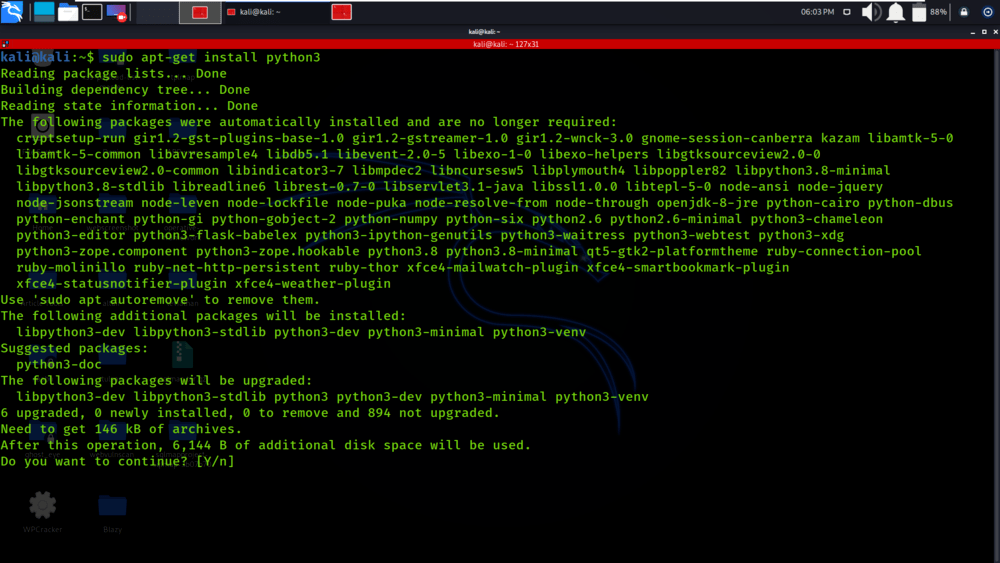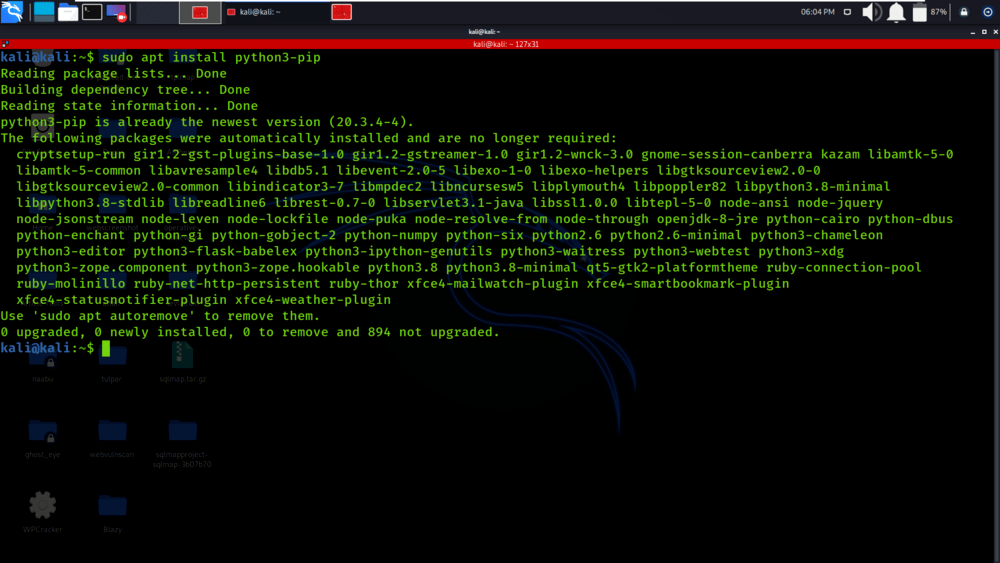How to Install maskpass package in Python on Linux?
Last Updated :
11 Mar, 2022
Maskpass is a Python package that may be used to conceal user passwords while they are being entered. When programs interface with users via terminal, the Maskpass modules provide a safe solution to handle password prompts. Maskpass is a cross-platform library that works on Windows, Linux, and Mac OS X. In this article, we’ll show you how to install the Maskpass Python package on a Linux machine.
Installing maskpass package on Linux using PIP
Requirements:
To install the maskpass package in Linux follow the following steps:
Step 1: Setting up a Python environment on our Linux operating system. So to install Python3 in our Linux system we use the apt manager.
sudo apt-get install python3

Step 2: Installing the PIP manager in our Linux system. It is a Python package installation program that is used to install and manage Python packages. So to install PIP we use the following command on the terminal.
sudo apt install python3-pip

Step 3: Now using the PIP manager we are going to install the maskpass package. So for the installation run the following command on the terminal.
sudo pip3 install maskpass

Verifying the installation of maskpass package on Linux using PIP
After installing the package, the next important step is to verify the installation of the maskpass package. So in this step, we are just retrieving the information of the installed package (maskpass) with the below command on the terminal itself.
python3 -m pip show maskpass
The below output will be displayed after successful installation of the maskpass package on your Linux machine.

Share your thoughts in the comments
Please Login to comment...